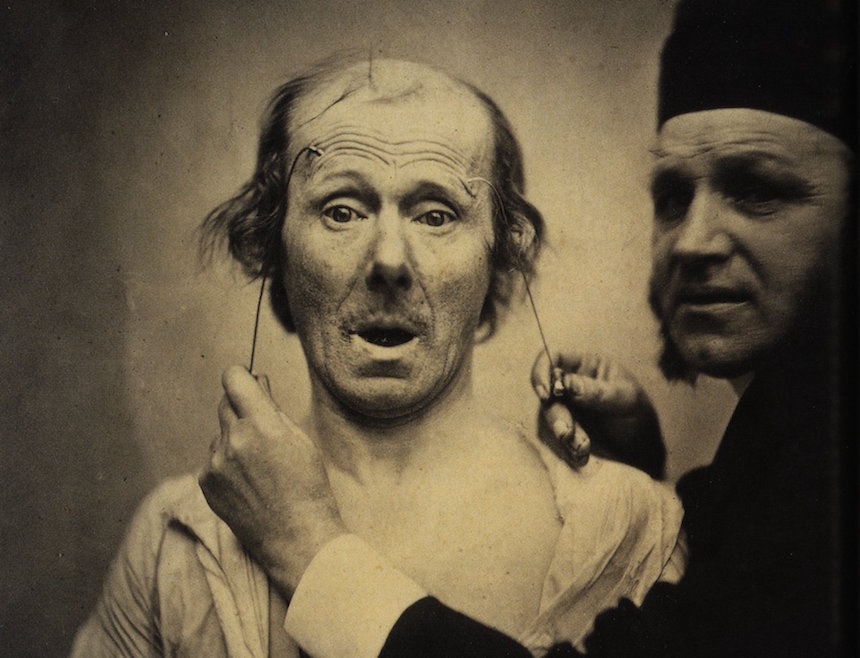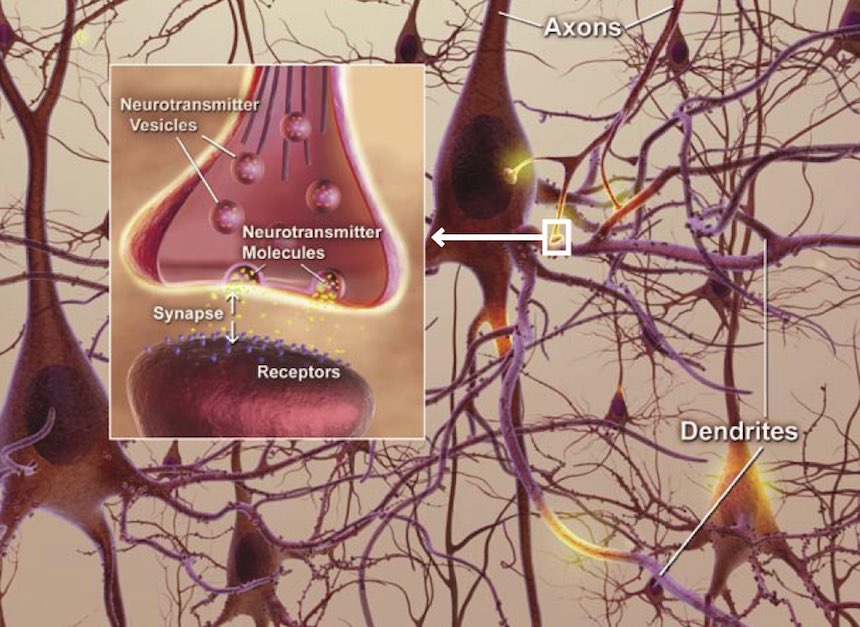The rewritable mind
 Image source: Wikipedia
Image source: Wikipedia
Imagine we could insert ideas in your brain and erase them. Scary, isn’t it? Well, probably this will be possible in the future. Although I’m not suggesting we should do it.
Lately I’ve been reading a lot about the biological processes involved in learning and I thought I could share some of it with you. One of the most interesting papers I’ve read explains how neuroscientists found “the best evidence so far available” supporting the main hypothesis about how memories are encoded. This is my summary of the experiment and conclusions.
But first, some basics: remember synapse?
Synapse, LTP & LTD
Synapse is a structure that permits a neuron (or nerve cell) to pass an electrical or chemical signal to another cell (neural or otherwise).
 Image source: Wikimedia
Image source: Wikimedia
In 1894, the Spanish scientist Santiago Ramón y Cajal proposed a mechanism of learning that did not require the formation of new neurons, but instead memories might be created by strenghtening the connections between existing neurons.
In 1966, researchers in Norway discovered a phenomenon of brain cells. They observed an increase in the cell’s synapse capacity by repeatedly stimulating a neuron of the hippocampus with a burst of electricity. The process was called long-term potentiation (LTP), and neuroscientists suspected that it was the physical basis of memory. The inverse mechanism that diminishes LTP is a mechanism called long-term depression, or LTD.
How do you prove that a memory has been encoded?
Usually, with classical conditioning experiments: researchers play a tone to a rat quickly followed by an electric shock. The rats soon learn to associate the tone with a jolt and freeze when they hear it, in anticipation of the shock.
Scientists tried to prove LTP with different experiments involving drugs and mutations, but none of these experiments showed definitively that LTP was the basis of memory. Until now.
The Experiment
A team led by Roberto Malinow designed a technique that uses light to activate neurons.
Here is the recipe in case you want to do it at home :)
- Implant an optical fiber into a rat’s brain.
- Insert a gene that produces a light-sensitive protein into a virus.
- Insert the virus into the rat brain cells.
- Wait until the cells translate the gene into proteins.
- Activate the protein with a pulse of blue light (delivered by the optical fiber).
- Deliver light pulse to the neurons that connect a brain region involved in processing sound with one that handles fear.
- Shock the rat. –To prove that LTP was actually involved in creating the memory–:
- Expose the brain to a sequence of light pulses that erase the memory through LTD.
- Your rat shouldn’t cower after playing the sound.
- The fear could be re-implanted by the same mechanism.
This is an extraordinary result, a huge advance in cognitive science. As Malinow succinctly describes it:
“We can make a memory of something that the animal never experienced before.”
Now that we know the basic mechanism that encodes memories, many new questions arise. That’s the beauty of Science.
No te pierdas nuestra newsletter
Recibe nuestras novedades, recursos y reflexiones para entender las organizaciones.